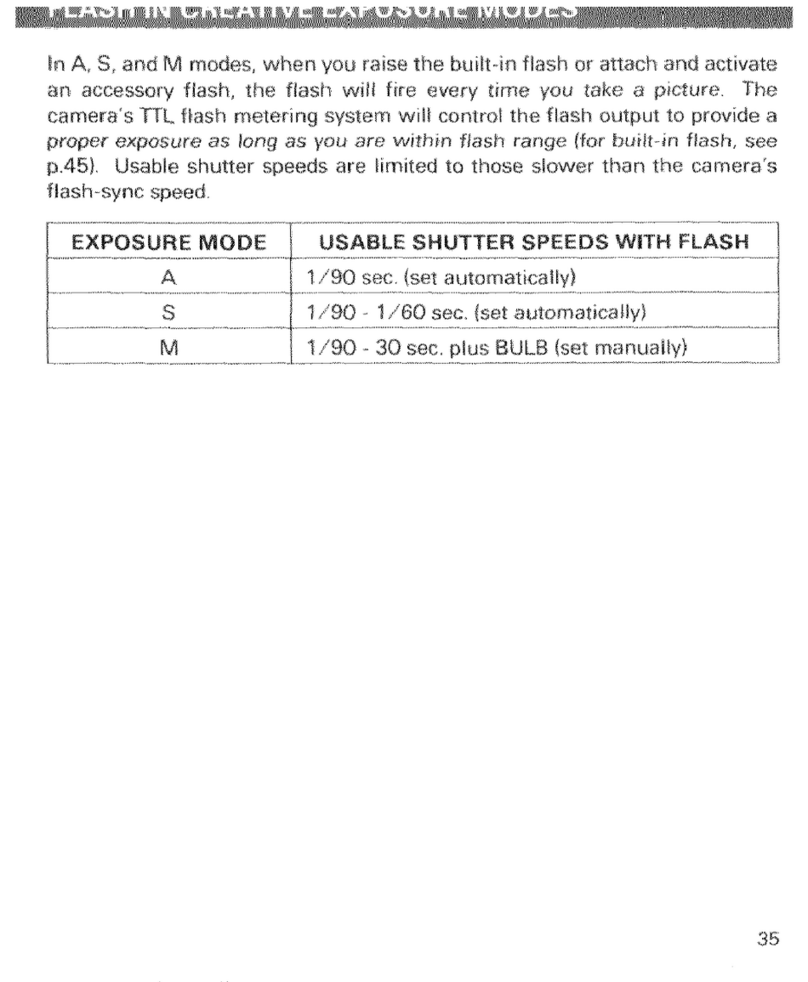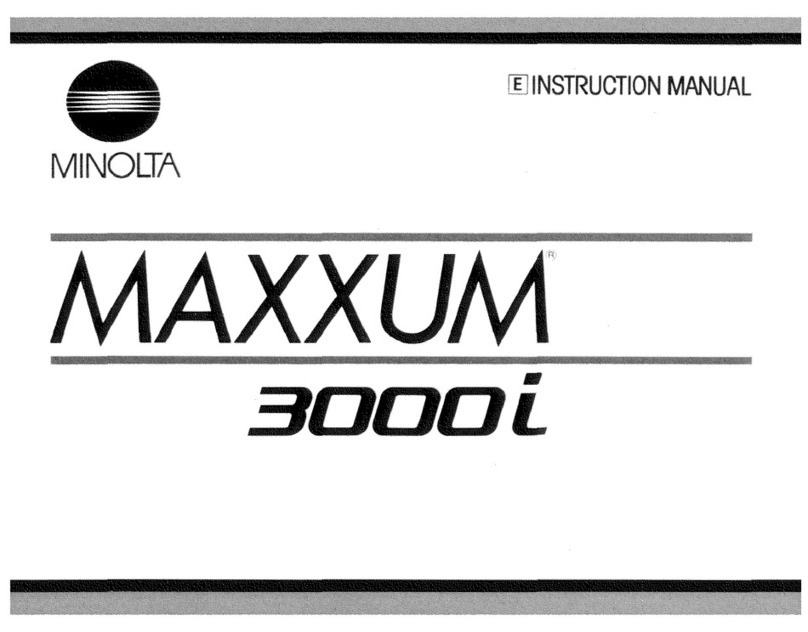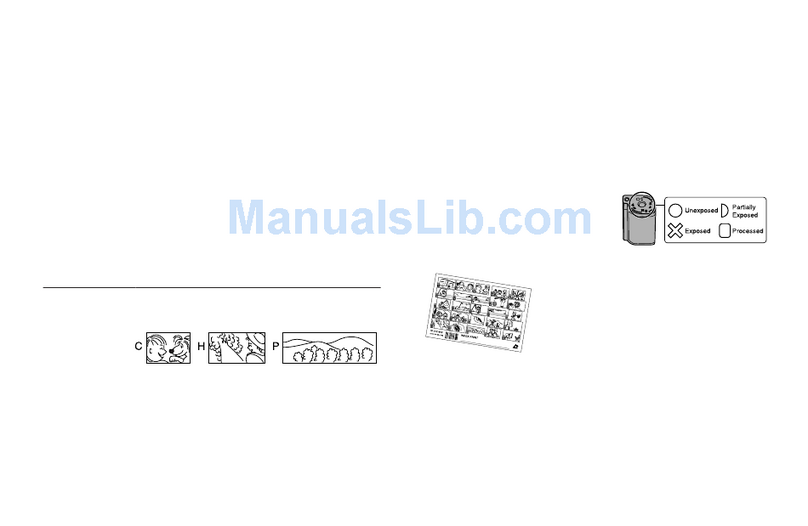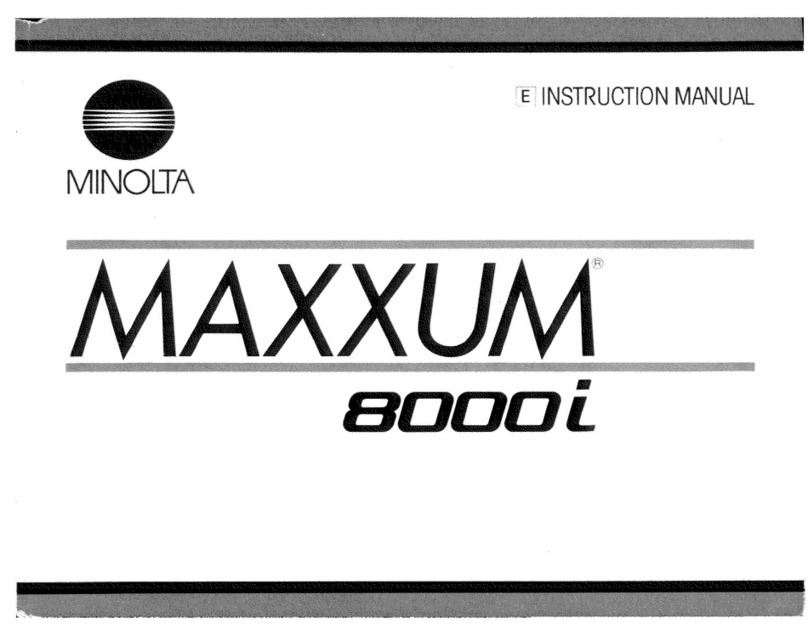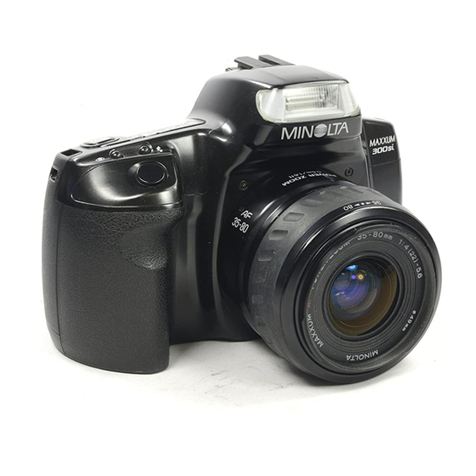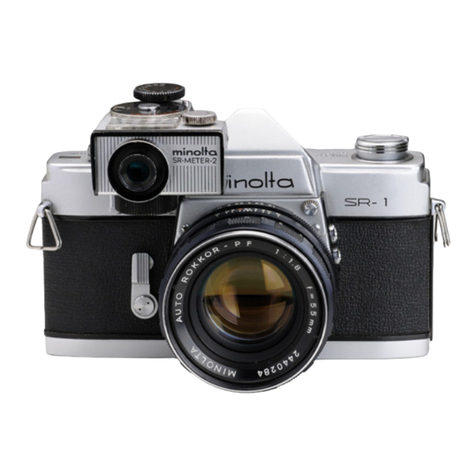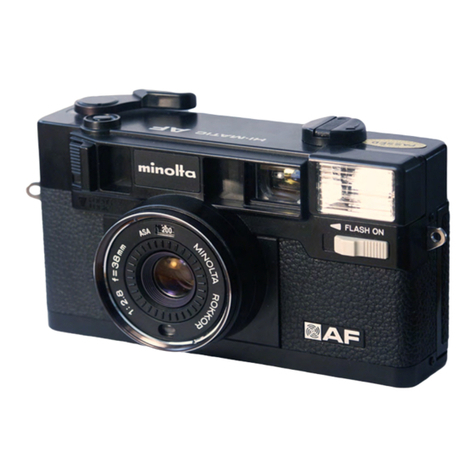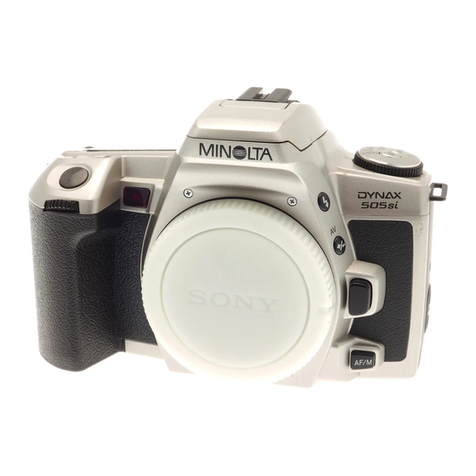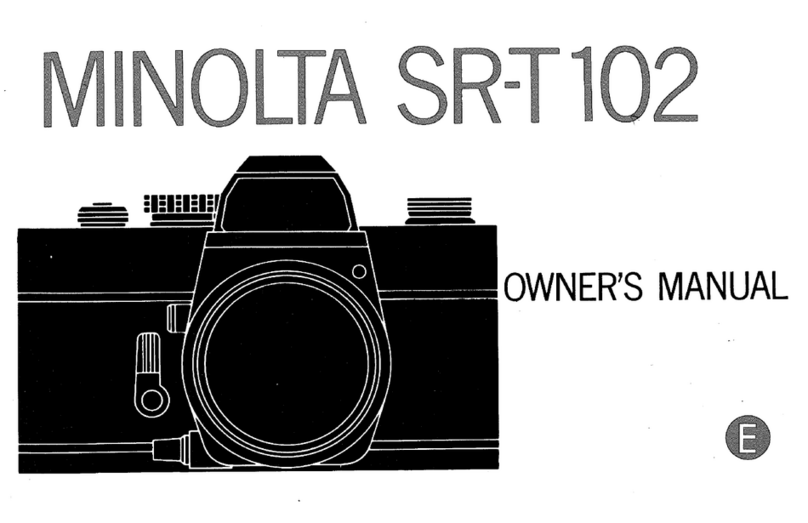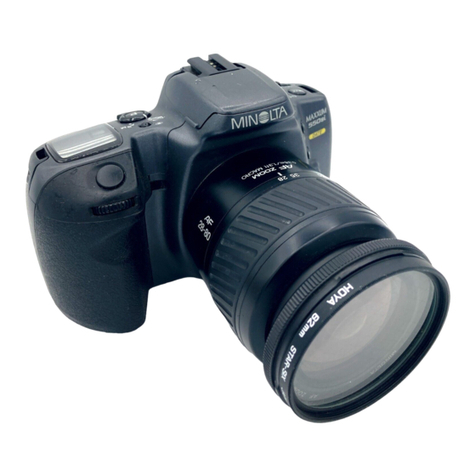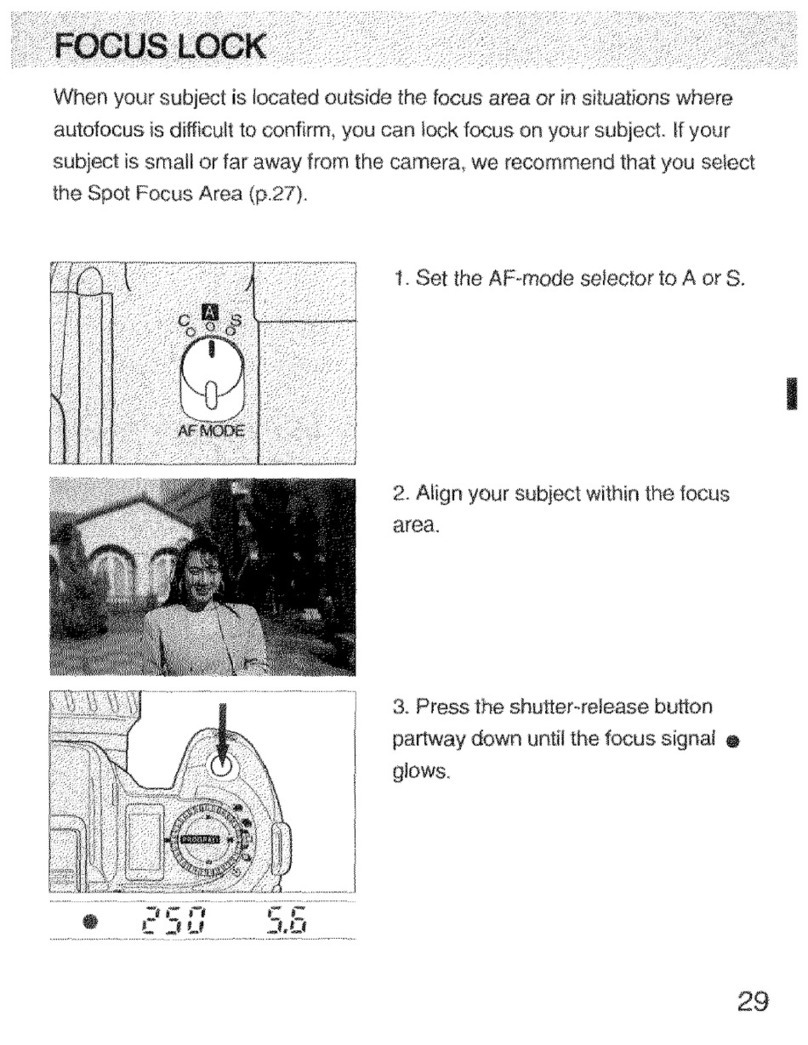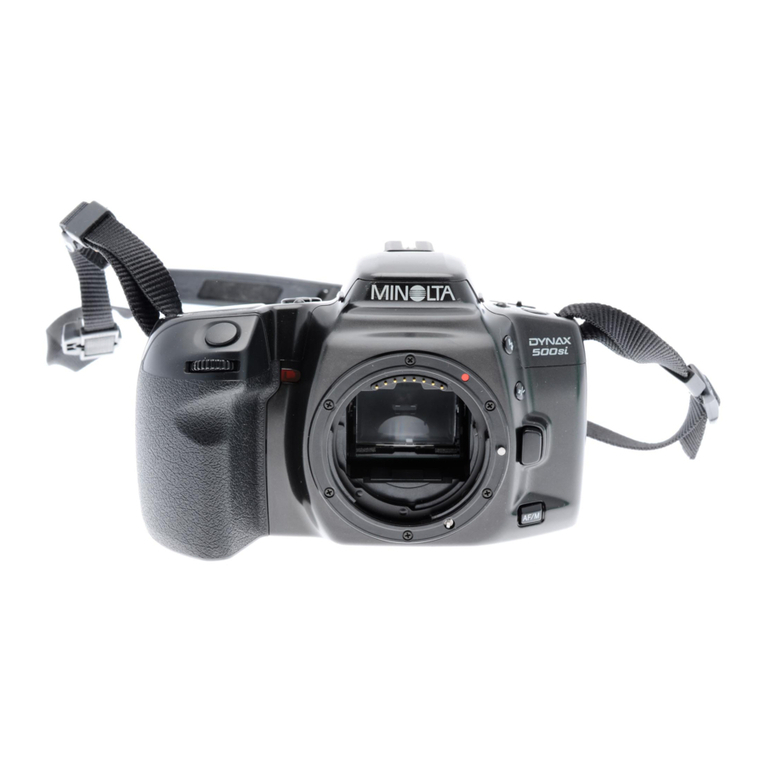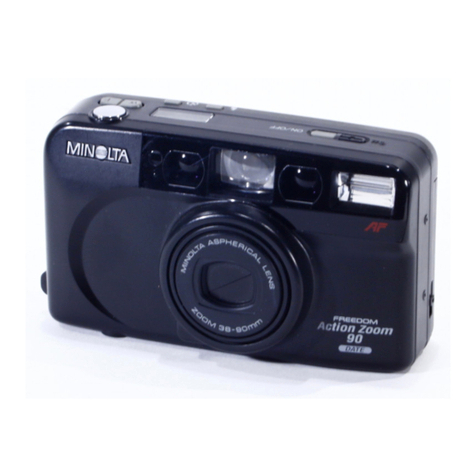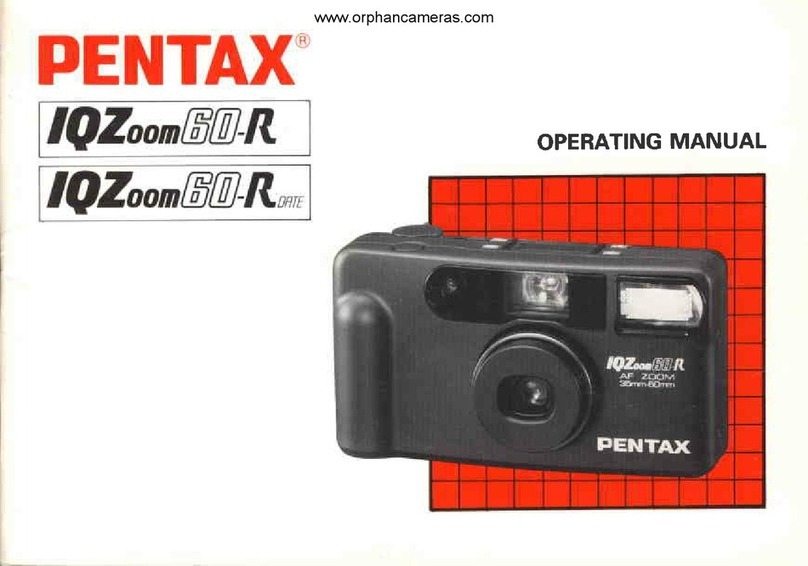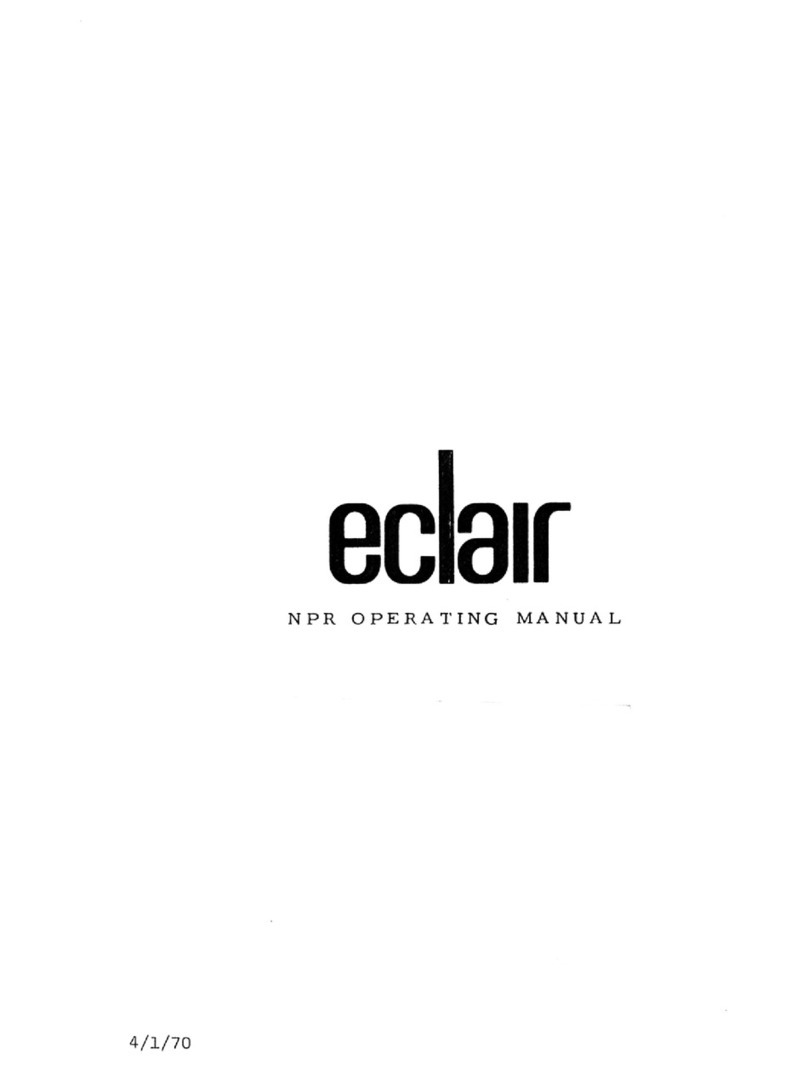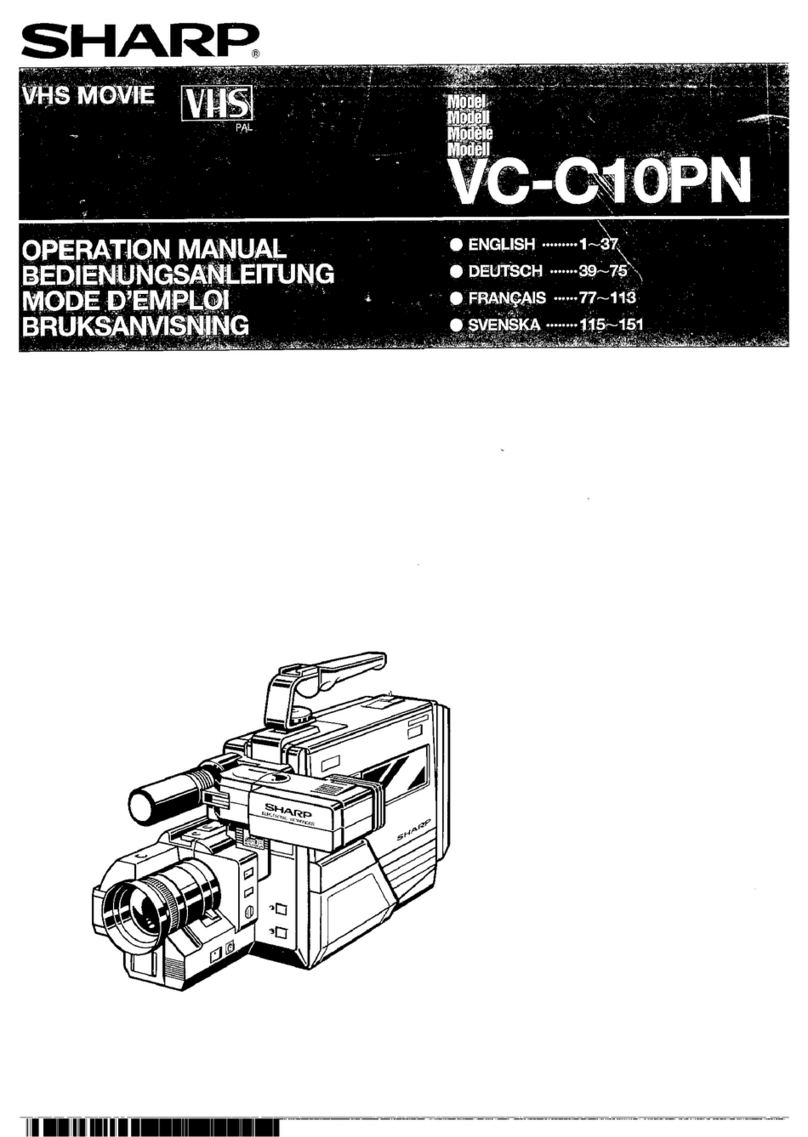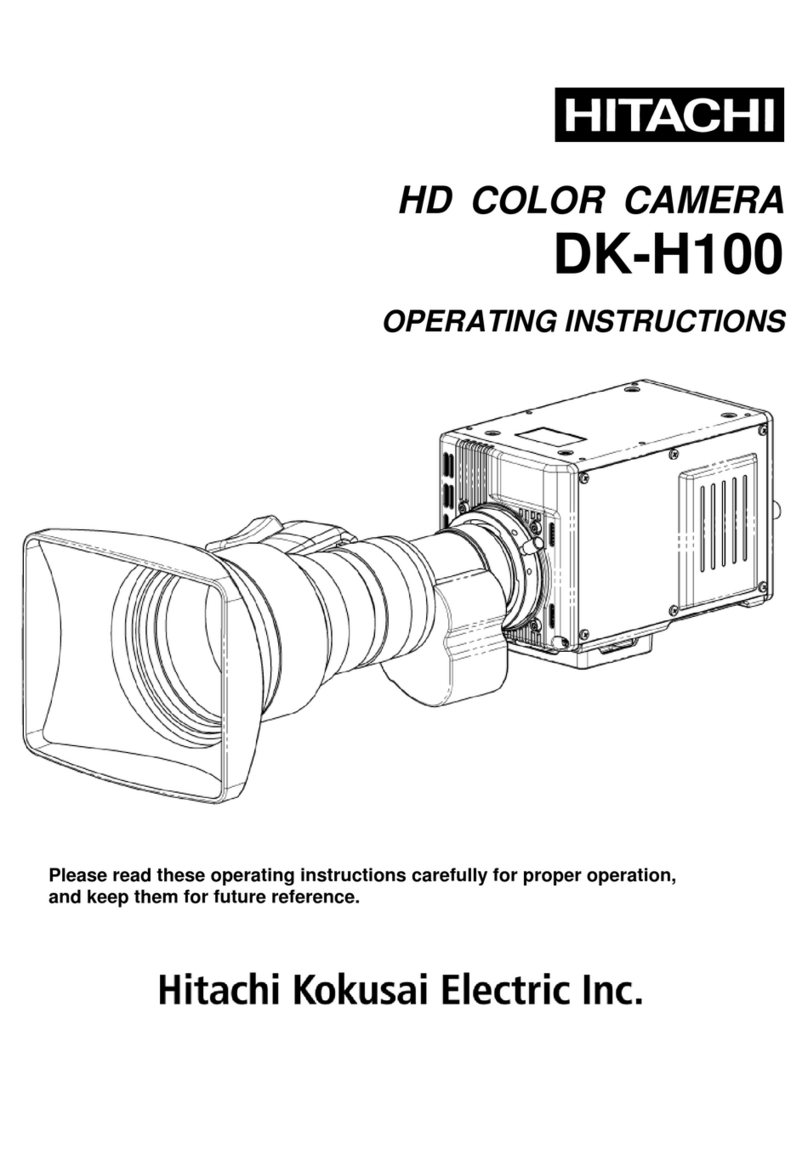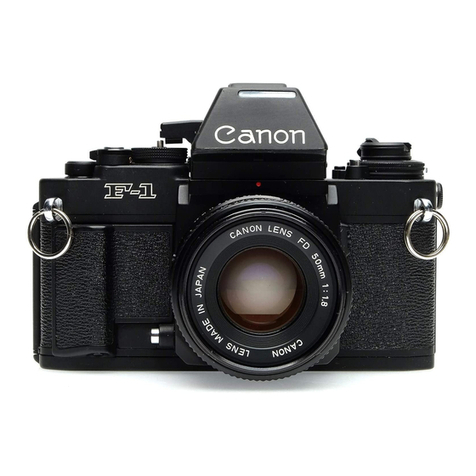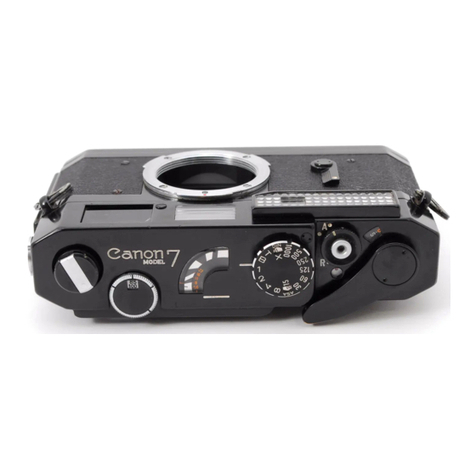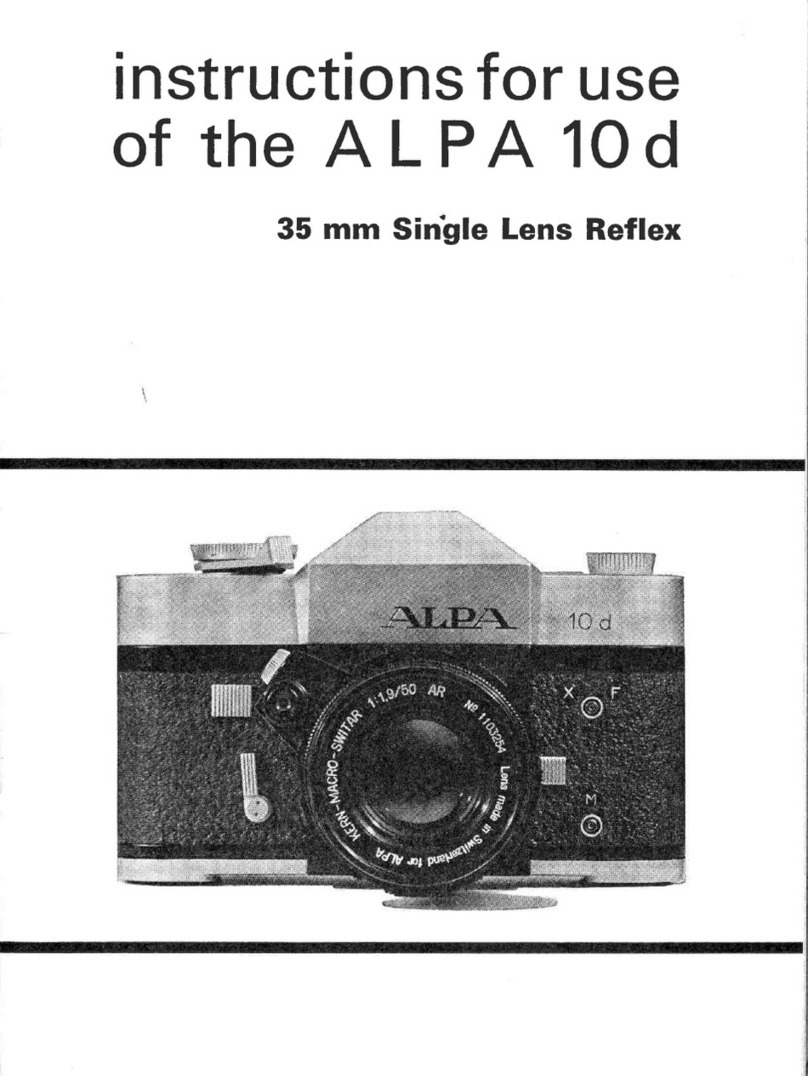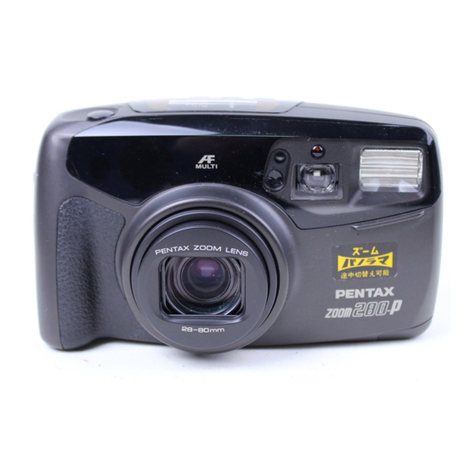
short distance. If it doesn't, you know
that the diaphragm-contro magnet M2
and the diaphragm-contro capacitor C5
are both doing their jobs.
But you may find that it's easier to check
the operation if you can actua y see the ar
mature of M2. Just pu aside the battery
compartment by removing its two screws,
Fig. 16. You can now see the M2 assemb y
through a c earance cutout in the bottom
of the body casting, Fig. 17.
To check M2, ho d open the shutter at
the bu b setting and disengage the M1 ar
mature as previous y described. Re
member, pushing the M1 armature away
from its core opens switch S7. S7 must be
open in order for transistor T13, Fig. 14, to
turn on.
Now short between the co ector and
the emitter of T5, Fig. 15. You shou d see
the armature jump toward the front of the
camera. If the armature jumps away from
the core, both M2 and C5 must be good.
You might then suspect transistors T5
and T13, Fig. 14. Whi e sti ho ding open
the shutter on bu b with S7 open, try
shorting between ground and the co ec
tor of T13, Fig. 15. Once again you shou d
see the M2 armature jump away from its
core. But, if the armature fai s to move,
transistor T5 must be defective.
If the armature does move, the prob em
may be with T13 or with the signa from
the aperture-contro comparator. You can
make one more shorting test to check
T13. Again ho d open the shutter on bu b
and open S7. Then short between the
base of T13 and ground. If the armature
jumps away from the core, there's no
prob em with T13. The prob em must be
in the aperture-contro circuit. You' have
to remove the top cover to reach the IC
that provides the turn-on signa .
Let's now consider the other possibi ity
— the M2 armature does not reease
when you short across transistor T5. You
might first suspect an open coi . To check
the coi continuity, measure the resis
tance between the brown wire, Fig. 15,
and ground. You shou d measure the
resistance of the coi — around 15 ohms.
A so suspect the diaphragm-contro
magnet M2 if the diaphragm fai s to stop
down. Such a ma function cou d indicate
a prob em either with the diaphragm-
contro magnet or with the circuit. But it's
usua y fair y easy to pinpoint the prob em
area — just check the operation at the dif
ferent modes. If the diaphragm fai s to
stop down at a three modes — A, M,
and S — suspect the diaphragm-contro
magnet M2. However, if the prob em on y
occurs at the S mode, suspect the circuit.
When the diaphragm fai s to stop
down, the diaphragm-contro magnet
isn’t ho ding its armature. The armature
then immediate y arrests the the
diaphragm-c osing ever. If the prob em
occurs at a three modes, try c eaning the
contact surfaces of the armature and of
the permanent magnet, Fig. 17. Dirt can
prevent the core from magnetica y ho d
ing the armature.
If c eaning doesn't do the job, the per
manent magnet may be defective. Try
pushing the armature of M2 away from
the core. Fig. 17; you shou d be ab e to
fee the magnetic attraction. A defective
permanent magnet requires that you
rep ace M2, a job which means pu ing the
front-p ate/mirror-cage assemb y.
Now consider the other possibi ity — the
prob em on y occurs at the S mode. The
symptom indicates that the diaphragm-
contro circuit gets the reease signa as
soon as switch S7 opens. You can spot the
prob em by using the technique we describ
ed earier at the bu b setting. Watch the ar
mature of M2 as you push the M1 armature
toward the front of the camera, Fig. 16. If
the M2 armature now jumps away from the
core, the circuit is sending the reease signa
right away.
To verify the ma function, you might
try operating the camera at the S mode
whi e you're shorting across the base and
emitter of transistor T13, Fig. 15. Your
short shou d keep transistor T13 shut off.
And, as a resu t, the armature of M2
shou d remain against the core. If the ar
mature sti jumps away from its core, the
prob em is on the circuit board at the bot
tom of the camera — most ike y, a
shorted transistor. But if the armature re
mains against the core, the prob em is in
the circuit that sends the signa to T13.
You must then remove the front-p ate/
mirror-cage assemb y. The prob em cou d
be as simp e as the vio et wire's shorting
to ground; or a switch or IC may be
defective.
SUMMARY OF TROUBLESHOOTING AT BOTTOM OF CAMERA
As you can see, it's possib e to check most of the e ectromagnetic diaphragm-
c osing and re ease systems from the bottom of the camera. What if the possi
bi ities we've discussed don't get you to the prob em? You' then have to go fur
ther. For examp e, if the mirror won't reease e ectromagnetica y, the prob em
cou d be in the reease switch. You can check the remaining switches just by
removing the top cover. The fo owing chart summarizes the troub eshooting
covered so far.
SYMPTOM
Shutter won't reease, LEDs do not
operate
POSSIBLE CAUSE
No battery power to ower circuit board
— check for 3V at red wire, Fig. 13. No
vo tage — check battery compart.
Shutter won't reease, LEDs operate
Diaphragm fai s to stop down, LEDs
operateA modes
S mode on y
Diaphragm a ways stops down fu y,
"over" LED remains on
Reease switch (remove top cover to
check)
Coi M1 open
Capacitor C6
Transistor T6
Switch SI, poor contact
So der connections to ower circuit
board (red, b ack, ye ow)
No re ease signa from comparator
Combination magnet M2, armature dirty
or permanent magnet defective
Vio et wire shorted to ground
Transistor T13
Comparator a ways presents reease
signa to T13
So der connections to ower circuit
board (purp e, white brown, back)
Fi m-speed resistor open (remove top
cover to check)
